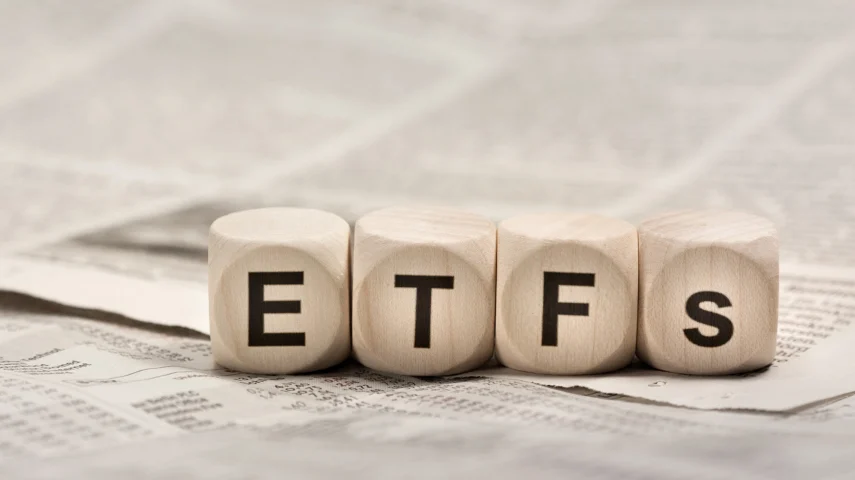Australia’s ETF super product offering grows amid increased demand



More Australians are turning to exchange-traded funds (ETFs) to grow their retirement savings, as evidenced by a series of recent product launches.
Reflecting a growing demand for transparency, low costs, and passive investment strategies, two ETF-based superannuation options have been introduced in quick succession.
On Monday, investment platform Pearler launched Pearler Super, a new superannuation product allowing members to build personalised portfolios by selecting from over 40 ASX-listed ETFs.
According to Pealer, the product targets younger Australians seeking greater autonomy over their retirement savings.
This launch follows a recent survey of its customers, which found that almost three-quarters (74.6 per cent) preferred ETFs as part of their super investments. Within that figure, 27 per cent specifically favoured all-in-one or diversified ETF options.
“We’ve seen growing demand from our community for a simple, transparent super product that aims to mirror the way they already invest outside super,” Nick Nicolaides, co-founder of Pearler, said.
“Rather than stock picking or accessing complex products, the primary demand among younger investors is to allocate their super to ASX-listed ETFs they’ve come to know and trust.”
Earlier this month, Stockspot Super, Australia’s first “ETF only” superannuation product, also became available to the public.
While Australia’s super industry now manages more than $4 trillion, Stockspot said that high fees, opaque investments, and outdated strategies continue to gnaw at savings.
“Each year, Australians collectively pay $32 billion in super fees, much of it on high-cost,
underperforming funds and unnecessary expenses like sports sponsorships and stadium
naming rights,” the firm said.
Instead, founder and CEO Chris Brycki said that “super should be simple”.
And according to Pearler, over 85 per cent of its users’ non-super savings are invested in ETFs. For the investment firm, the new offering extends this investing style to the superannuation context.
What’s more, each ETF will carry a portfolio allocation cap ranging from 5 per cent to 100 per cent, promoting diversification and risk management.
“It’s a self-directed option built to solve the challenges faced by this generation – namely, low engagement and limited transparency around superannuation,” Nicolaides said.
“As financial literacy around ETFs continues to grow, we are leveraging that as a bridge for people to build more confidence in their super.”
Recommended for you
CPA Australia urges the ATO to extend compliance support for small businesses facing major system changes ahead of Payday Super reforms.
Superannuation funds ramp up collective efforts to counter rising cybercrime, updating standards and sharing intelligence across the industry.
The regulator has fined two super funds for misleading sustainability and investment claims, citing ongoing efforts to curb greenwashing across the sector.
Super funds have extended their winning streak, with balanced options rising 1.3 per cent in October amid broad market optimism.









